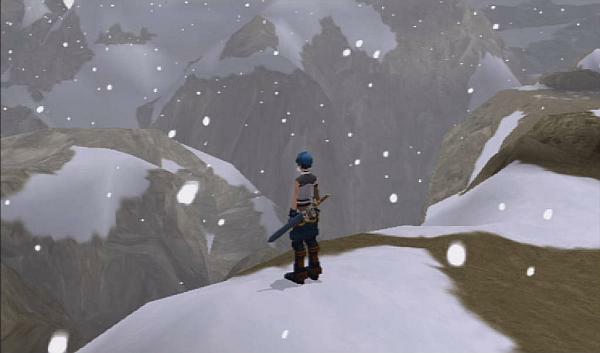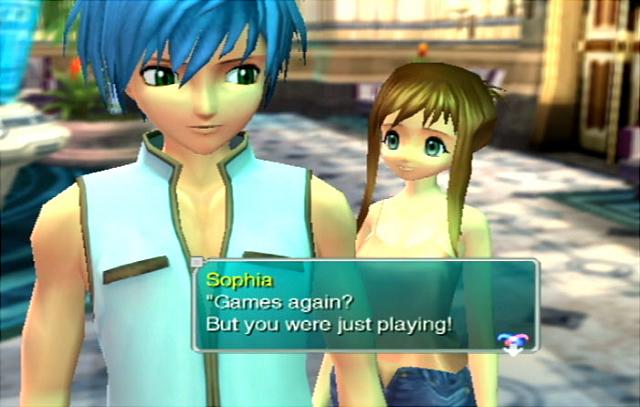This post has not been edited by the GamesBeat staff. Opinions by GamesBeat community writers do not necessarily reflect those of the staff.

Note: This post contains spoilers for Star Ocean: Till the End of Time.
Star Ocean: Till the End of Time (or Star Ocean 3) was one of the first games I bought for the PlayStation 2. I enjoyed the wide-open overworld and the tons of items I could invent.
However, I almost didn’t finish the game because it was too damned long.
The third Star Ocean is probably the longest in the entire franchise. By the time I beat it, I had played for about 120 hours. Many of the winding dungeons repeat textures and designs so much that they become nauseating to look at.
In spite of all its problems, Till the End of Time makes up for its flaws with an incredibly wacky storyline. Unlike its predecessors, this Star Ocean plot changes from a galactic invasion into a cyber-hacking soap opera. And Star Ocean 3 has the most ridiculous villain: an online game developer who wants to eliminate his creations because he thinks they’re out of control.
A lot of diehard fans still have issues with how the developer changed the storyline. After all, the first Star Ocean games were inspired by the interplanetary adventures in Star Trek. To tell the truth, the entire series dove off the deep end long ago with the silly Wise Men bosses in Star Ocean: The Second Story, but this story takes that extreme campiness to a whole new level.

Here’s an example of how bad it gets. The opening scene takes place in some hotel where the two main characters speak in stilted high-school drama dialogue. After more awful lines and a spaceship invasion, the male protagonist, Fayt Leingod, ends up on an underdeveloped planet where he has to save some whiny little kids in a village.
After more bad storytelling, a buff guy in black leather saves the story from sinking into oblivion. This hero, Cliff Fittir, is part of an anti-Federation group called Quark and hopes to reunite Fayt with his father. After they encounter another spaceship battle, Cliff and Fayt land on a giant medieval planet named Elicoor II.
As some people might imagine, the story is a train wreck. However, the giant 3D overworld of Elicoor II compensates for all of Star Ocean 3’s flaws. Although the environment never quite reaches the detail level of The Elder Scrolls series, for example, the world looks incredibly beautiful. I explored snowy mountains, sandy deserts, and grassy meadows.
The story also greatly improves as it moves along. Eventually, Fayt and his friends discover that they are merely virtual avatars in an online game in the real world. Although the long, winding dungeons grow monotonous in the second half, I still appreciated all the hard work put into the final dungeon in outer space. The ending was also an insightful, philosophical discussion about the meaning of existence.
As much as I hated Star Ocean 3, I enjoyed all the advancements the game made in 3D exploration. Someday, I’ll have to play the final entry, The Last Hope, to bring this beloved saga to a close. Star Ocean is still one of my favorite Japanese game franchises. It really deserves more credit for bringing role-playing adventures into the 21st century.
What are your thoughts on the series? Did the developers really need to extend the story for such a long time in the third installment? Should they make more Star Ocean games? Share your thoughts in the comments below.
